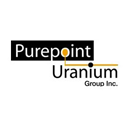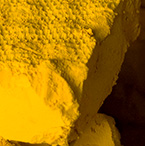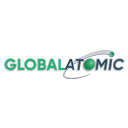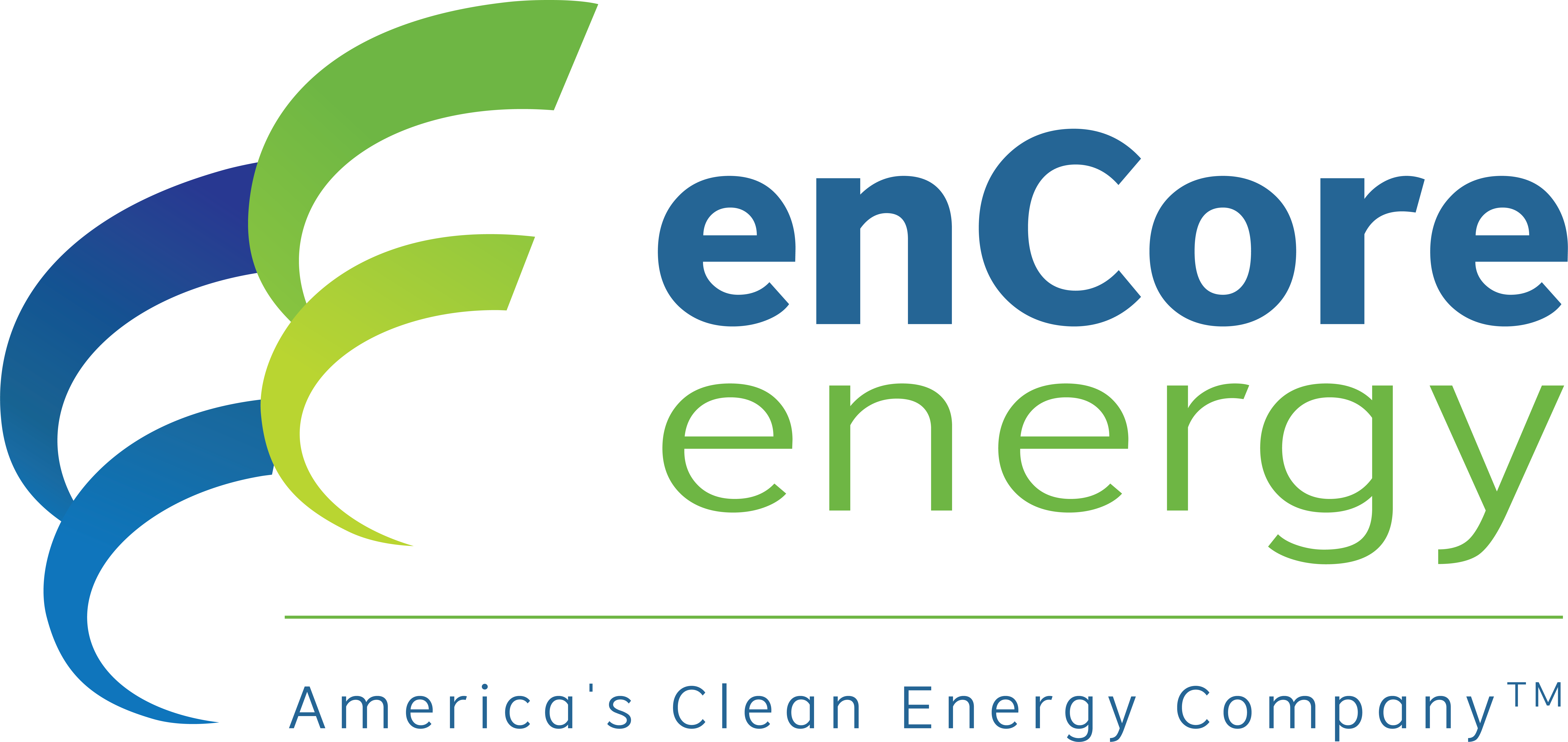Uranium Rising Demand & Supply Shortfalls Support Higher Prices Medium Term

Uranium poised for liftoff as rising demand & supply shortfalls support higher prices. Carefully pick miners to ride nuclear's key role in the clean energy transition.
- Uranium market in structural upcycle with limited downside risk as demand outpaces supply.
- Highly concentrated industry with 10 companies accounting for 90% of production globally.
- Juniors face challenges reaching production independently; acquisitions by majors the likely endgame.
- Project economics vary significantly by jurisdiction and extraction method; compatibility with existing infrastructure key.
- Investors should focus on juniors with quality assets that would be attractive acquisition targets for major producers.
With the world increasingly focused on transitioning to cleaner energy sources to combat climate change, nuclear power has reemerged as an essential part of the low-carbon energy mix. This renewed emphasis on nuclear energy is driving a resurgence in demand for uranium, the key fuel powering nuclear reactors. At the same time, years of low prices and underinvestment in new mine supply have created a structural deficit in the uranium market that is likely to persist for the foreseeable future. The result is a sector poised to reward investors as rising demand and constrained supply support higher uranium prices and improved profitability for well-positioned miners.
Understanding Uranium's Unique Market Dynamics
The uranium market in 2025 presents a distinctive investment opportunity that differs significantly from other commodity sectors. Chris Frostad, President and CEO of Purepoint Uranium, describes the current environment:
"We're in a structural upcycle. Things are lifting and building over time and they will."
Unlike more fragmented metals like gold or copper, uranium production is highly concentrated, with approximately ten companies accounting for over 90% of global mine supply. This creates high barriers to entry and a challenging landscape for junior uranium companies to navigate.
Chris Frostad, CEO of Purepoint Uranium
As Frostad bluntly states, "You never see a junior bring a uranium mine into production, or at least not yet." This means the realistic endgame for most junior uranium companies is being acquired by a major producer rather than reaching production independently.
Frostad emphasizes, "More than anything, they need to be attractive to a major. That's how we're going to be gauging success moving forward, is are we exploring for, finding, and developing assets that are going to be attractive to a major because that really is the success point. That is the monetization."
Macro Drivers: Nuclear's Role in the Clean Energy Transition
The bullish thesis for uranium is underpinned by powerful macro drivers that are reshaping the nuclear energy industry. With governments globally recommitting to nuclear as a clean, reliable source of 24/7 baseload power, reactor build rates are accelerating after years of stagnation following the 2011 Fukushima disaster in Japan.
China alone is targeting a three-fold increase in nuclear power capacity to 120 gigawatts by 2030, which would require more than a doubling of its current uranium consumption. Meanwhile, the U.S. and other Western nations are investing heavily to extend the operating lives of existing reactors while also restarting idled plants and approving new builds. Emerging markets such as India and the Middle East are also pursuing ambitious nuclear power programs as they seek to meet rising electricity demand while limiting carbon emissions.
Altogether, the World Nuclear Association forecasts a 85% increase in uranium demand by 2040 in its base case, with its high-case projections showing demand more than doubling from current levels. In absolute numbers, they see fuel requirements growing from today's 186 million pounds annually to 275 million pounds per year by 2035.
As Marc Henderson, CEO of Laramide Resources sums up what he believes it will take to be successful in the uranium market in the coming years,
"We need a lot more uranium, but we don't need it all to start in 2030. It's got to be scalable, it's got to be quick to permit, quick to build, etc. and cheaper is going to be better in the longer run. Let's just make sure you've got margin in it."
"Pretty clearly there is a giant deficit. Once we get through all the developers and all these legacy projects, then what? We're going to be running to try to find more uranium."
Marc Henderson, CEO of Laramide Resources
Long-Term Supply Constraints
This rising demand for uranium is occurring against a backdrop of significant supply constraints. Low prices since 2011 have forced the closure of higher-cost mines while curtailing investment in new projects. Making matters worse, secondary supplies from sources like underfeeding and tails re-enrichment that traditionally filled market gaps are rapidly diminishing.
James Sykes, CEO of Baselode Energy, highlights the dynamics resulted in a structural supply deficit where annual reactor requirements now outstrip primary mine supply by a wide margin.
"Between Fukushima and now, there have been some new discoveries that are coming online and have changed not only the scope of the Athabasca Basin but projects globally that have changed supply outlooks."
James Skyes, CEO of Baselode Energy
Despite higher uranium prices seen since 2023, so far the incentive has been insufficient to spur meaningful production increases from either existing operations or new mines. Further complicating the supply picture are the long lead times and significant capital required to bring new uranium supply online, which make miners reluctant to invest without locking in higher prices from utilities.
So while demand marches steadily higher, the uranium mining industry faces an uphill battle to close the gap. Not enough mines are being built fast enough to offset declining production at existing operations.
As Chris Frostad describes, "It's the time lags. By the time you're cranking things up and your supply keeps going up, if your demand stays constant, you typically overshoot it. You wind up heading in the other direction - you've got oversupply."
Chris Frostad, CEO of Purepoint Uranium
This supply gap is expected to widen in the years ahead, putting further upward pressure on uranium prices. Already, long-term contract prices, which better reflect future market conditions, have risen from the $30s in 2019 to over $80 per pound currently as utilities step up long-term contracting to secure future deliveries in an increasingly tight market.
A Market Biased to the Upside
These demand and supply dynamics create a long-term market outlook skewed towards higher uranium prices. Already, the spot price for uranium has risen from under $30 per pound in 2019 to over $50 more recently. While still well below the $100+ seen briefly in 2022 or the $140 level reached in 2005, the current price represents an important psychological threshold for the industry.
As Lotus Resources Managing Director Greg Bittar explains on the current market prices,
"The spot market has been falling on very weak volumes. It's not a reflection of the market we'll be selling into or that we're targeting through our contracts. The long-term price has been very stable at around $81 a pound."
Greg Bittar, CEO of Lotus Resources
Laramide Resources' Marc Henderson asserts that the uranium price has found a floor at $80 and believes prices are on their way higher,
"If companies don't have projects that work at $80, they better get exploring for something that works at $80, because the utilities are going to be happy to pay $80, and eventually probably $100."
Purepoint Uranium's Chris Frostad agrees that the market appears to have established a higher base price relative to prior cycles,
"Is it going to go back down to $25? I don't believe it can. That's the joy of the uranium space right now, for investors is that. We're in a place in this particular commodity where we've got a lot more comfort in where our downside is from a commodity price standpoint."
However, most investors remain on the sidelines of the uranium trade, still skeptical after a decade of disappointing returns and false dawns like 2022's short squeeze. This has created a sector that appears under-owned and trading at a relative discount to the improving fundamentals.
In Frostad's view, the sector is only midway through its bull cycle after the recent pullback:
"Are we at peak yet? It depends on where you think you're at in this cycle. So if you think the bull market's over in uranium and we're heading down, then you should be investing that way. But if you think we're only halfway there, you should also keep an eye on where it's time to turn it around."
"It really is that mix. It's the mix of risk-reward and what it is you're looking to get out of all of this."
Investing in Uranium: A Blended Approach
For investors looking to gain exposure to the uranium story, industry participants recommend creating a diversified portfolio spanning producers, developers, and exploration-stage companies. Producers will provide the most direct leverage to rising uranium prices but with less upside potential than pre-revenue juniors. Developers offer exposure to companies with defined deposits working to advance projects towards production. Finally, exploration companies provide investors with exposure to the potential for new discoveries that could create significant value in a rising market.
When evaluating individual companies, investors need to look beyond the prevailing market narratives and dig into the details. Some key things to focus on include:
- Experienced management teams with track records of success in uranium
- High-quality assets in proven uranium mining districts like Canada's Athabasca Basin or the US Southwest
- Financial strength and access to capital to weather the volatility of the uranium market
- Strategic partnerships, either through joint ventures with larger miners or offtake agreements with utilities
- A clear path to production or monetization through eventual acquisition by a major producer
Uranium companies to check for exposure:
- Premier American Uranium: PUR is fast-tracking its flagship Cebolleta Uranium Project in New Mexico by engaging SLR International to update the mineral resource estimate and complete a preliminary economic assessment. By incorporating historical data from the adjacent past-producing Willie P mine, Premier expects to boost project economics and demonstrate Cebolleta's potential as a viable open-pit mine in a significantly shorter timeframe and at lower cost than anticipated towards a potentially near-term U.S. uranium production.
- IsoEnergy: ISO continues to consolidate its position in the uranium sector, completing the transformational acquisition of the Mountain Lake uranium project in Nunavut from Encore Energy. This deal expands IsoEnergy's diversified portfolio of high-grade projects in top jurisdictions and secures a meaningful ownership stake in Encore, an emerging uranium developer. Mountain Lake adds another high-potential exploration asset alongside IsoEnergy's flagship Larocque East project, host to the world-class Hurricane deposit.
- Energy Fuels: UUUU, EFR has emerged as a leading U.S. producer of uranium and vanadium while making significant strides in rare earth elements (REE) and titanium/zirconium production. The company's acquisition of leading mineral sands producer Base Resources adds a world-class development project pipeline and a proven operational team to Energy Fuels' growing critical minerals portfolio. Energy Fuels also continues to advance its REE and uranium business, ramping up to commercial-scale production of separated REE products while maintaining its industry-leading U.S. uranium position.
- Global Atomic: GLO continues to make steady progress advancing its Dasa Uranium Project in Niger towards first production in Q1 2026. Dasa's robust project economics and long-term offtake agreements are already in place with major utilities. With the mine and processing plant construction advancing on schedule, the company's zinc recycling joint venture in Turkey also provides a source of cash flow and helps subsidize Dasa's development.
- enCore Energy: EU has established itself as a leading in-situ recovery (ISR) uranium producer in the U.S. with the recent commencement of production at its Rosita and Alta Mesa processing plants in South Texas. The company is now focused on ramping up to its initial target of 2M pounds per year by 2025 from multiple satellite ISR operations in the region. With additional development-stage projects in South Dakota and Wyoming, enCore controls one of the largest U.S. uranium resource bases coupled with two of only 11 licensed processing plants in the country.
The Investment Thesis for Uranium
- Structural demand growth driven by nuclear energy's role in decarbonization and rising electricity needs globally
- Supply constraints persist due to years of underinvestment, mine depletion, and the inability for new mines to ramp up quickly
- Higher spot and contract prices are needed to incentivize sufficient new production to meet rising demand
- Uranium miners offer leverage to rising prices; focus on low-cost production, permitted projects, and experienced teams
- Consider a balanced portfolio approach, with a mix of producers for stability, developers for medium-term growth, and exploration for discovery upside
- Position for a secular trend rather than a short-term trade; the fundamentals driving the nuclear fuel cycle will likely play out over decades, not quarters
In conclusion, the uranium market appears poised to enter a period of sustained strength in the years ahead as powerful demand drivers collide with persistent supply constraints. While the sector is likely to remain volatile, the risk-reward skew has shifted to the upside for companies able to successfully navigate the coming bull cycle.
With uranium prices off their recent lows and mining equities still trading at relatively depressed valuations, now may be an opportune time for risk-tolerant investors to gain exposure before the sector moves into a broader institutional re-rating. However, selectivity will remain crucial in a market with a wide range in asset quality and management skill.
References:
- Crux Investor (February 2025). Navigating the Uranium Major-Junior Divide for Strategic Investment Opportunities
- Crux Investor (February 2025). Global Uranium Shortage Intensifies as Production Lags Demand
Analyst's Notes




Subscribe to Our Channel
Stay Informed





















































